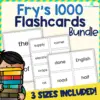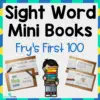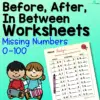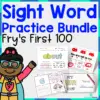Rhyming books are essential tools in teaching phonemic awareness to young children. Children who are exposed to rhymes recognize and are more aware of the similarities and differences between words.
This is an essential skill for children who are learning to read. These books also provide wonderful stories that are engaging for children.
Great Rhyming Books for Preschool
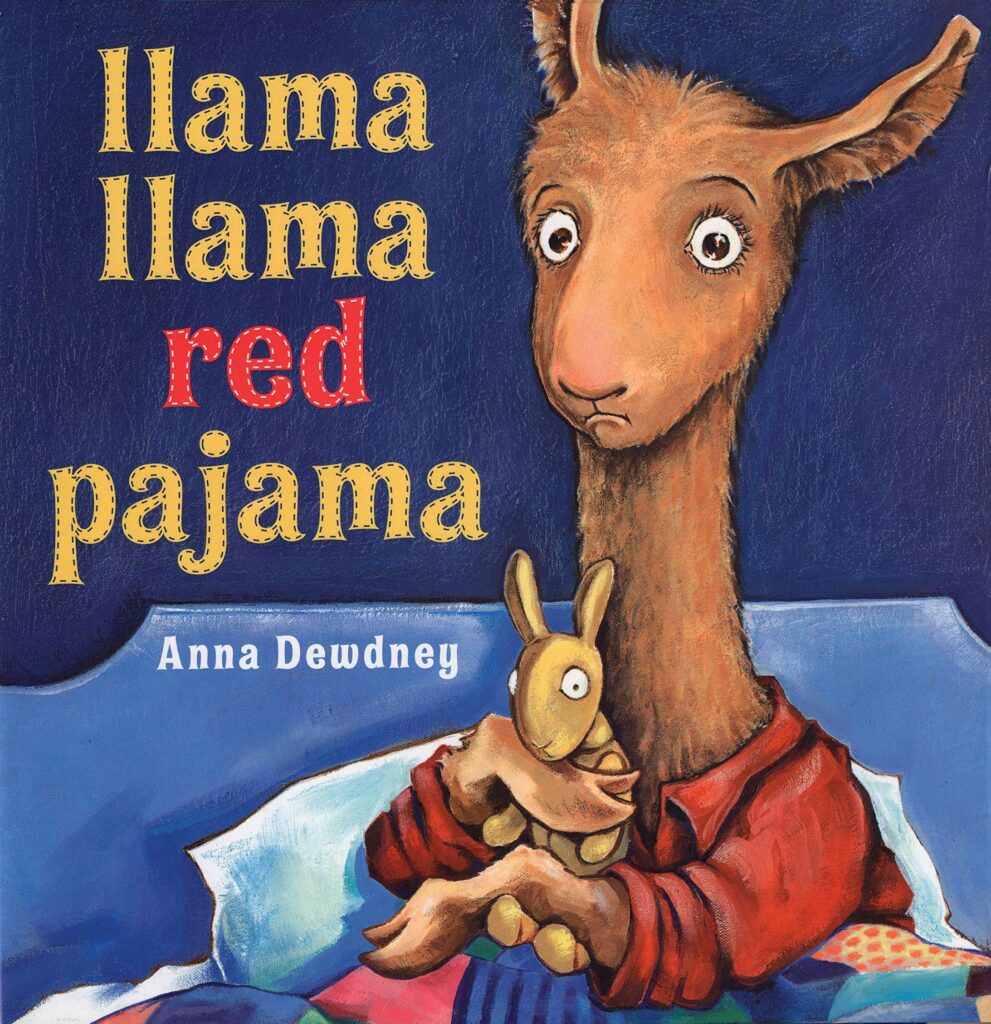
Llama Llama Red Pajama by Anna Dewdney tells an amusing story of a baby llama who felt alone and needed his mama for bedtime. The book contains repetitive lines that children can easily pick up.
Reading this story will allow children to learn rhyming words such as llama, pajama, mama, and drama. Some of the rhymes are highlighted in the text so they can be located easily.
Identifying rhyming words will help children improve their early literacy and auditory discrimination skills.
The book can also be used to teach social-emotional learning. Discuss children’s bedtime routine. Ask them how they feel being alone in their room.
Baby llama was unable to wait patiently for his mother. Discuss different events when waiting was challenging. Help children figure out ways to cope with their impatience.
Find similarities and differences between the story characters, the children, and their mothers. Ask them what different things their mothers do for them.
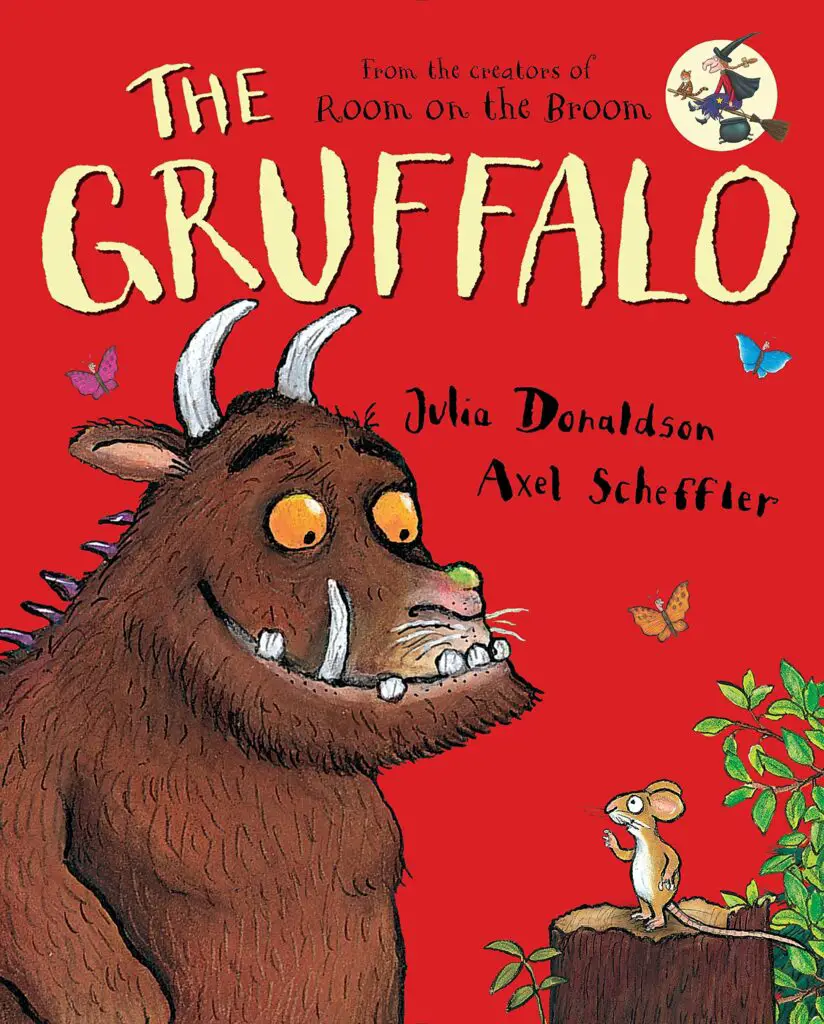
An unlikely monster and a mouse are the main characters in the rhyming book The Gruffalo by Julia Donaldson. The story begins with a mouse who meets different animals and eyes him as food while walking in the forest.
He outsmarted them by telling them of a made-up monster called Gruffalo interested in eating these three animals. As the mouse continued his walk, he met an unlikely creature: a Gruffalo that wanted to eat him.
Use this book to teach rhymes and reading comprehension by asking children about essential details in the story. They may also learn about character study as they compare each of the scary animals that tried to eat the mouse with the Gruffalo.
This book is perfect after a nature walk. Help children improve their observation skills by asking them what they have seen during the walk. Compare this to the things the mouse saw in the book.
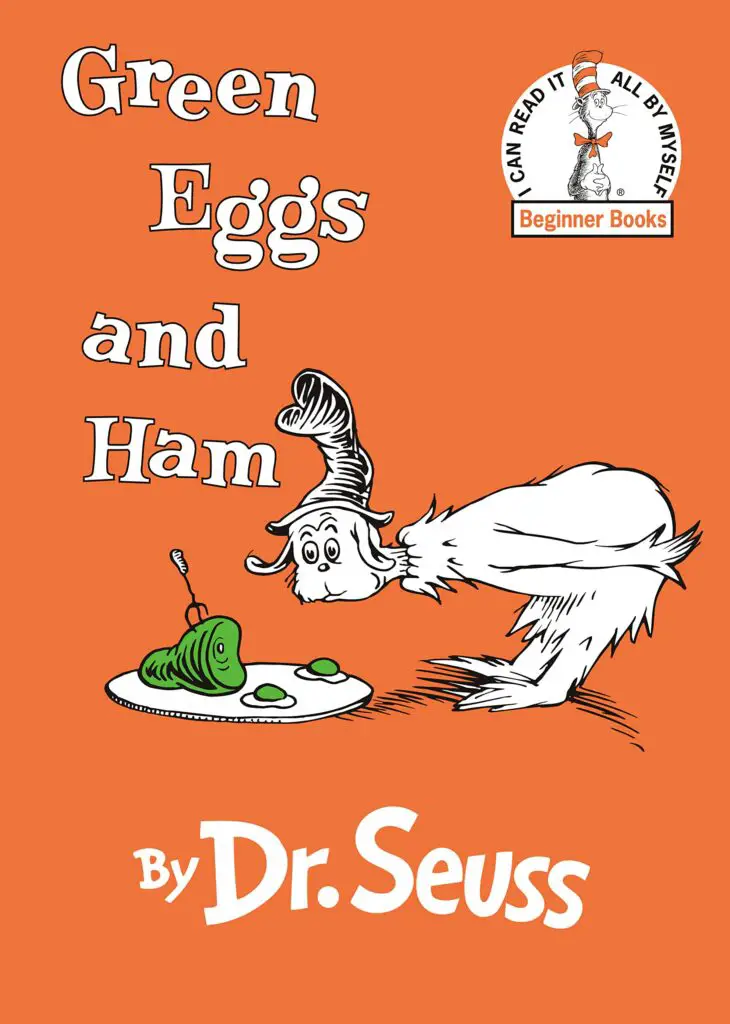
Green Eggs and Ham by Dr. Seuss is a wonderful story of Sam-I-Am trying to persuade a man to eat green eggs and ham. Told in a rhyming narrative, this book can be used to help children identify rhymes.
Sam-I-Am exhausted all possible means to convince the man to taste what he was offering. However, upon seeing the unusual color of the food, the man rejected the offer outright.
Teach children color recognition skills by asking them about different things that have the same color. Use this book to show children the concept of color mixing.
Demonstrate combining yellow and blue to make green. Use paints, crayons, or markers for this.
Let children explore their reasoning skills by asking them if they would try food in different colors. Let children provide reasons for their answers. Use pictures and videos for this activity. For example, apples, tomatoes, and bell peppers have different colors.
Related: Green Eggs and Ham Preschool Activities
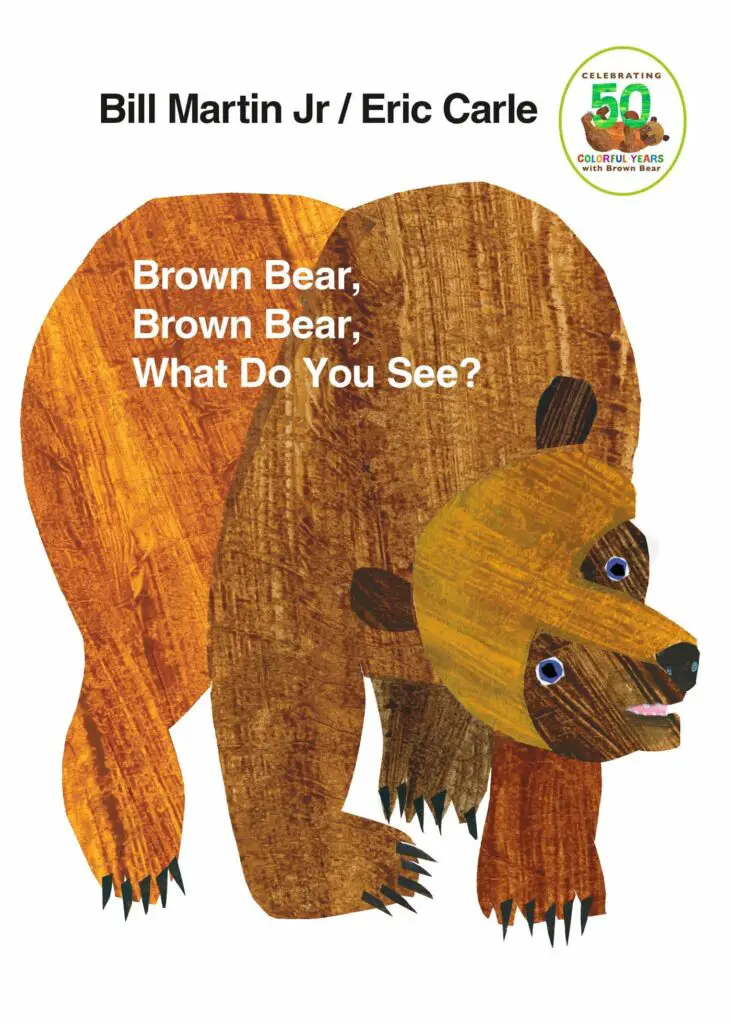
Brown Bear, Brown Bear, What Do You See? by Bill Martin Jr. is a book about colors. Presented in a repetitive format of narration, it showcases nine different colors to help children with color recognition skills.
It names nine different animals that will help increase children’s vocabulary. Use the illustration of the animals in the book to help children improve their reasoning skills. Ask them if it is possible for the animal to have such a color.
Tell the children, “Is it possible for a bird to be red in color?” Let children provide reasons for their answers. Use pictures and videos for this step.
Play a color-hunting game to help reinforce their knowledge of colors. Say a color and let the children find objects that match.
With the rhyming words see and me, let children think of other words that rhyme with them, such as we, three, tree, bee, etc.
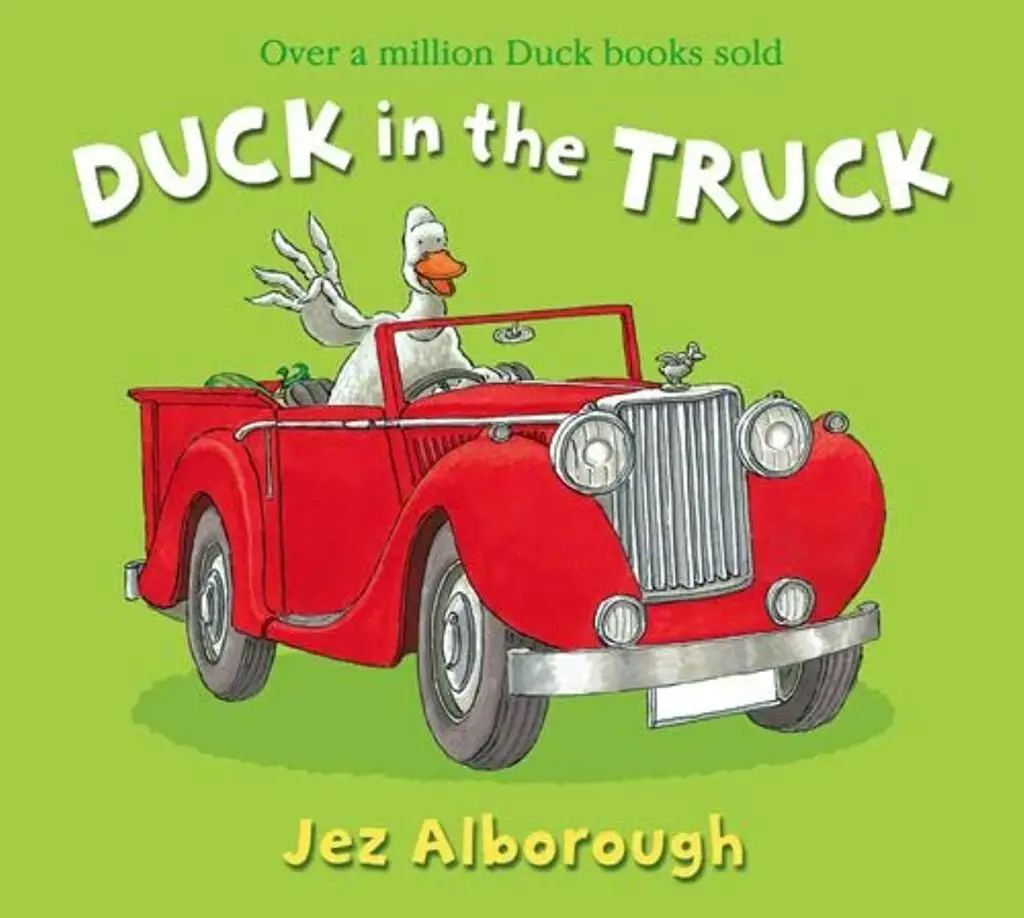
Readers are presented with a problem about getting stuck in the mud in the book Duck in the Truck by Jez Alborough. Filled with rhyming words, this book can be used for children to identify and match the words that rhyme.
It is also an excellent book for a transportation theme. Children can identify different vehicles based on their mode of transportation. They can also compare the truck and the jeep based on the illustrations in the book.
Teach story structure focusing on the problem and solution of the story. Explore attempts and outcomes based on the characters’ ideas to solve the problem. Allow children to suggest different solutions to help them think critically and creatively.
The truck was unstuck when the boat pulled it. Use this scenario for a STEM activity. Simulate the problem by providing a toy vehicle in a bin of mud. Let children think of different ways to unstuck it.
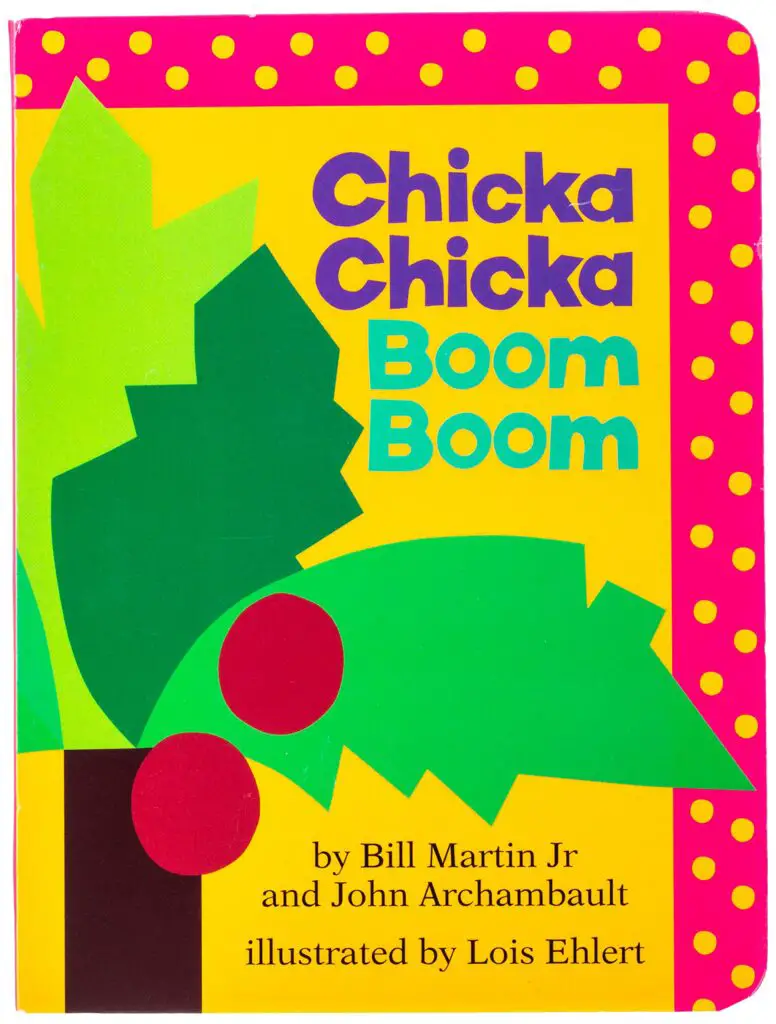
Chicka Chicka Boom Boom by Bill Martin Jr. is a story of the letters of the alphabet racing to the top of the coconut tree. Help children identify the different rhymes in the book by chanting the words in the story.
Teach letter recognition skills as children learn to identify and match the uppercase and lowercase letters. Children can also identify the colors of the letters.
This book shows the consequence of racing to the top of the tree. Use other examples that clearly show the relationship between cause and effect. For instance, not brushing their teeth regularly will result in tooth decay.
Dares are common among children. Use the plot in this story to discuss this issue. Ask children about the benefits and problems that dares bring. Let them relate this idea to a real-life experience.
Help children think of ways to address this topic. Doing this will help with their social-emotional learning.
Related: Chicka Chicka Boom Boom Activities for Preschool
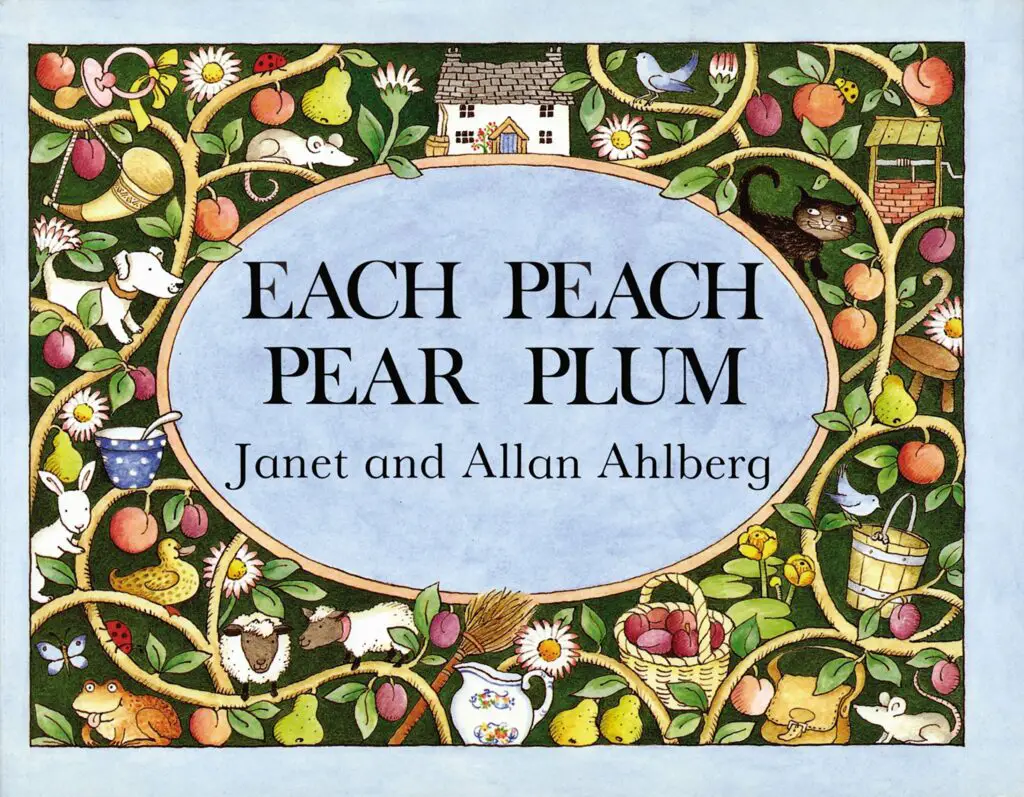
A visually busy book with familiar characters is Each Peach Pear Plum by Janet and Allan Ahlberg. This beautifully illustrated book is narrated in a rhyming manner while requesting readers to play the I Spy game.
Children will learn to scan and pay attention to details as they locate the pictures. There are many pictures to see and identify to help children increase their vocabulary. Some of these are rhyming words that children can identify.
They can also practice their counting skills by counting different objects on each page. For example, children can practice counting more than ten on the first page where the fruits are abundant.
Teach positional words and reading comprehension by asking children where the characters are. Some examples are the dog is under the table, and the bears are behind the tree.
Help children learn the sequencing of events as they retell the story using the book or, for older children, through memory.

Perfect for a transportation theme, Goodnight, Goodnight, Construction Site by Sherri Duskey Rinker tells the story of anthropomorphic construction vehicles working busily from early morning to late at night.
Children will be able to identify the rhyming words in this story through its narration. Knowing the vehicles’ names and functions will help children increase their vocabulary.
Discuss their nighttime routines, such as brushing their teeth or listening to a story. Let them find similarities between their and the vehicles’ busy schedules.
They can also improve their color recognition skills by naming the vehicles’ colors. They can also practice their counting skills as they count and compare the number of wheels of each vehicle.
Make a sensory bin inspired by this book. Provide toy vehicles that can dig or push dirt. Place these in a large bin filled with sand or sanitized dirt. Let children play with these while having a wonderful sensory experience.
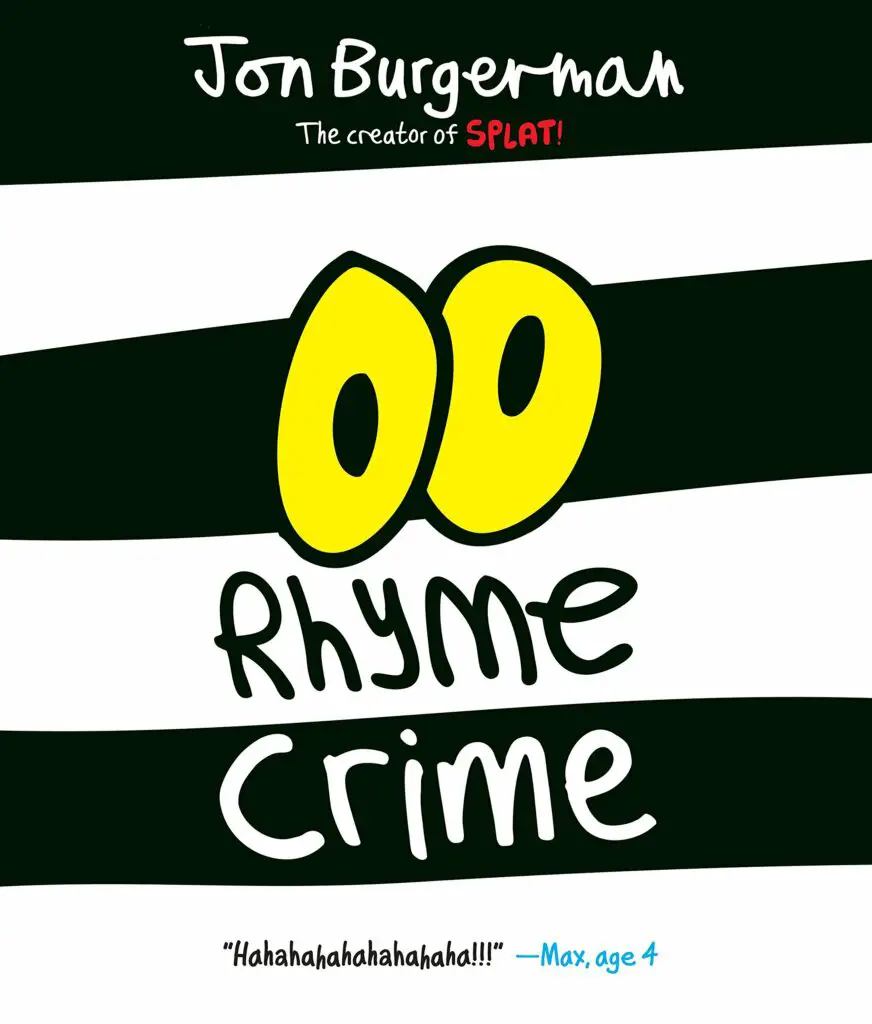
A hilarious story about word swapping using rhymes is the book Rhyme Crime by Jon Burgerman. The story starts with a thief replacing what he stole with something that rhymes.
This book is perfect for introducing the concept of rhymes to young children. The simple solid colors will help children with color recognition skills.
The witty storytelling will enable children to identify rhyming words quickly. Ask children to swap a different rhyming word and continue with the silly story. This will help develop children’s imagination while improving word knowledge.
Play questions to help develop children’s reasoning and oral language skills. Ask questions like, “The hat was swapped with a cat. Can you wear a cat?”
The thief managed to escape from jail. Help children figure out the answer to the question posed at the end of the book. Prompt children by letting them use picture cues to help them solve the problem.
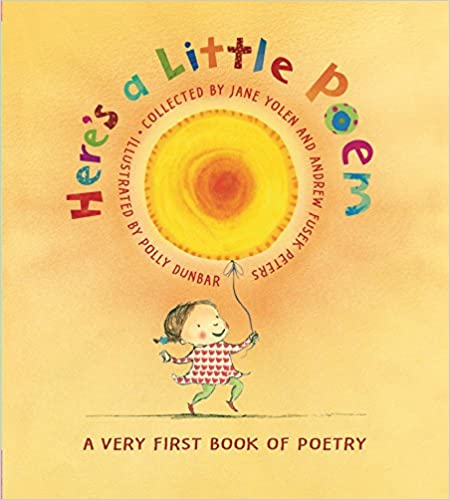
Here’s A Little Poem: A Very First Book of Poetry by Andrew Fusek Peters explores rhymes in poems. Introduce children to this poetic device to help them become familiar with rhyme scheme, rhythm, and repetition.
Choose one of the poems from the book and point out some words at the end of each line that rhymes. Point out that rhymes have similar sounds on their last syllable.
Ask children to think of a different rhyming word as a substitute. This will help improve children’s word knowledge.
Have them listen to a pair of words as practice in identifying rhymes. For example, ask children if dog and cat or fat and cat rhyme. Doing this will help them develop auditory discrimination skills.
Let children make their poems in a collaborative activity. Help children to come up with a list of rhyming words. Provide a lot of modeling and example to help them with their imagination and creativity.
Conclusion
Children need plenty of time to understand that words have sounds. Learning about rhymes is the perfect activity to help children develop this skill that is an essential foundation for learning to read.
Consider using these books to enable educators to choose an appropriate resource for a particular theme or topic.
Thank you for reading. Come back and check out our other book articles soon.


